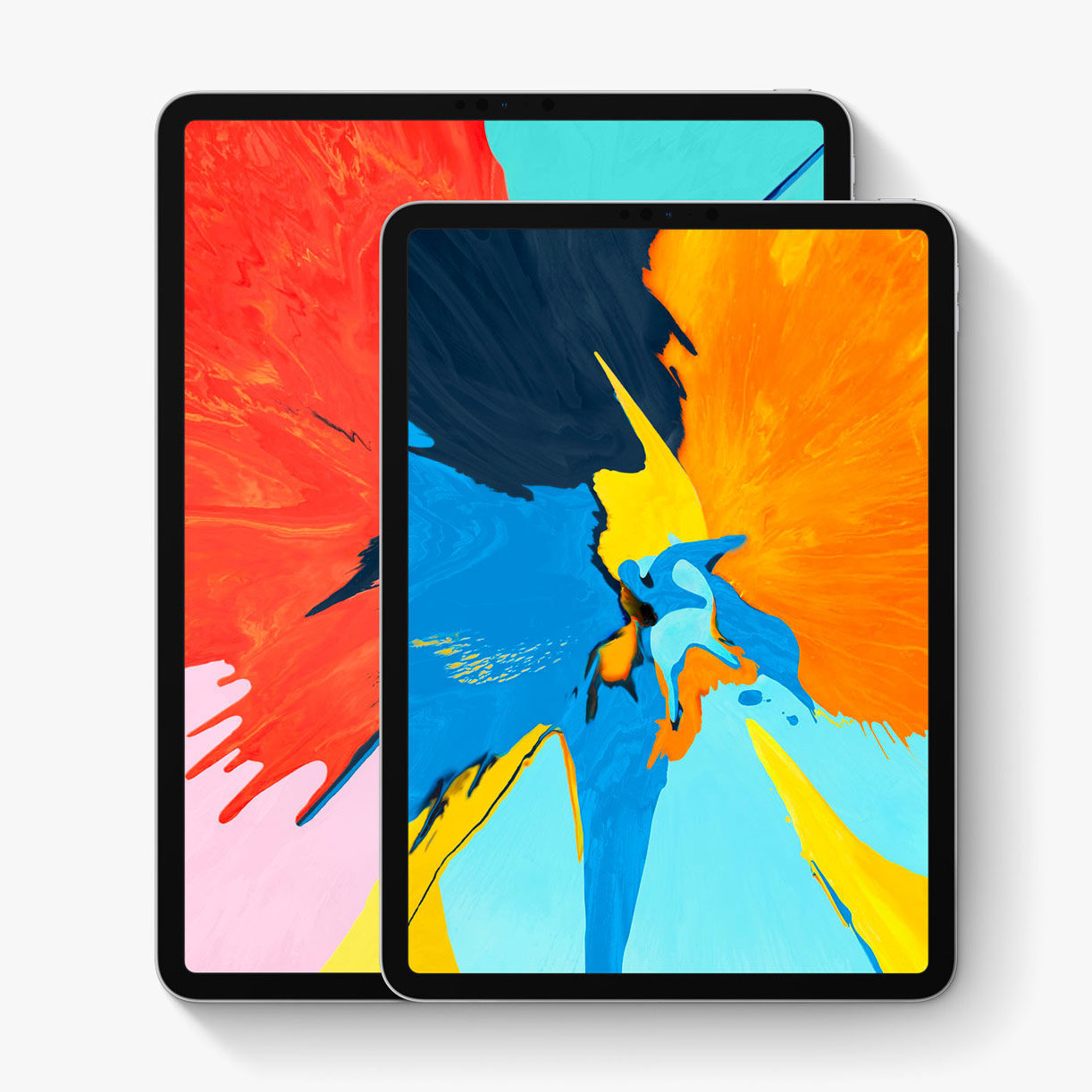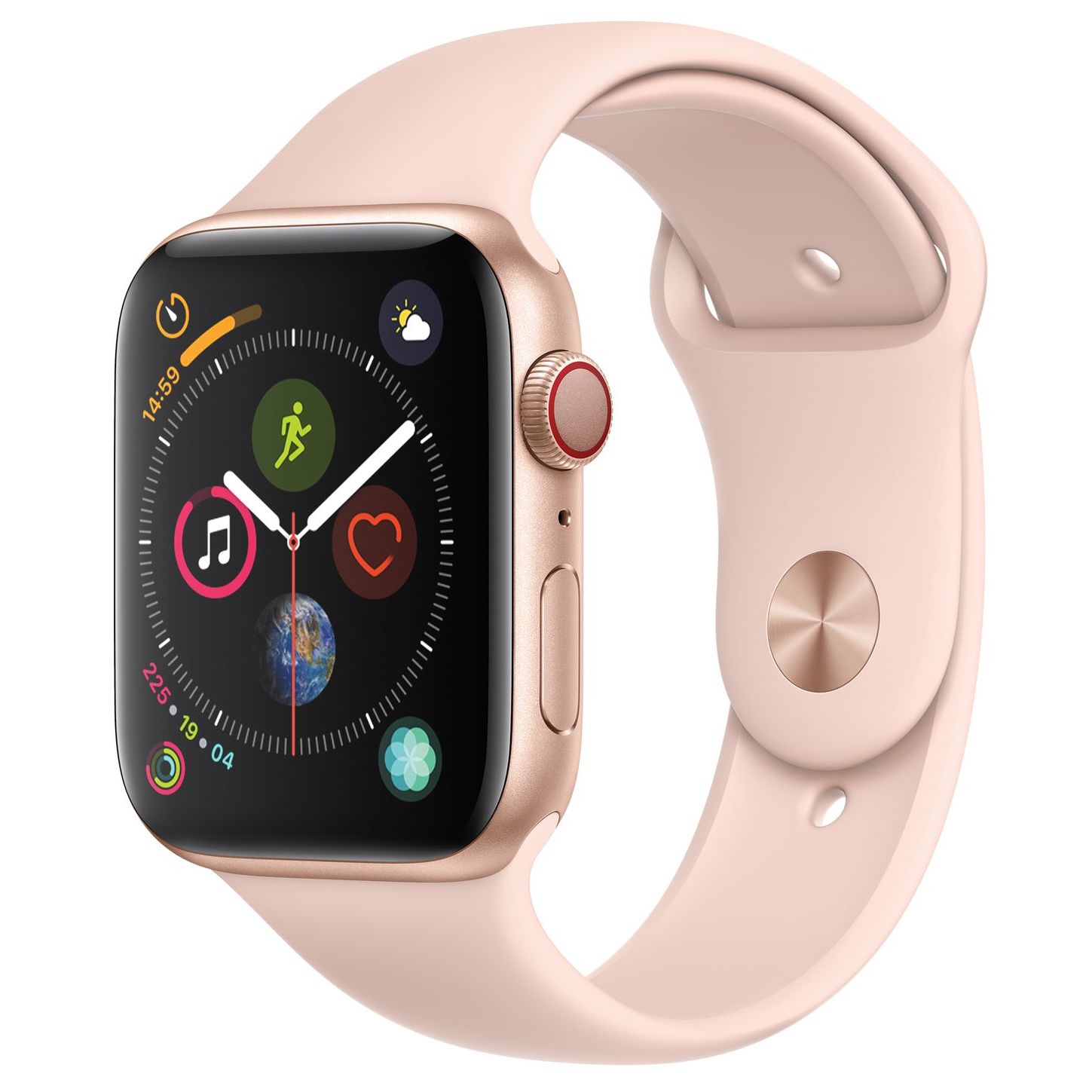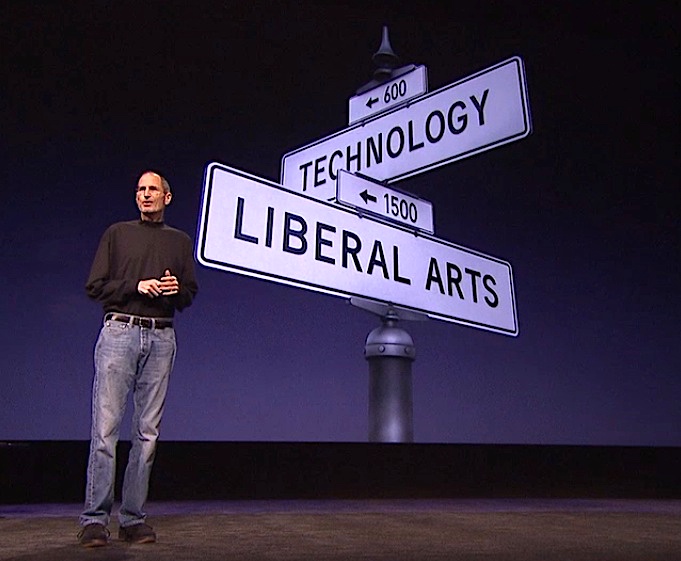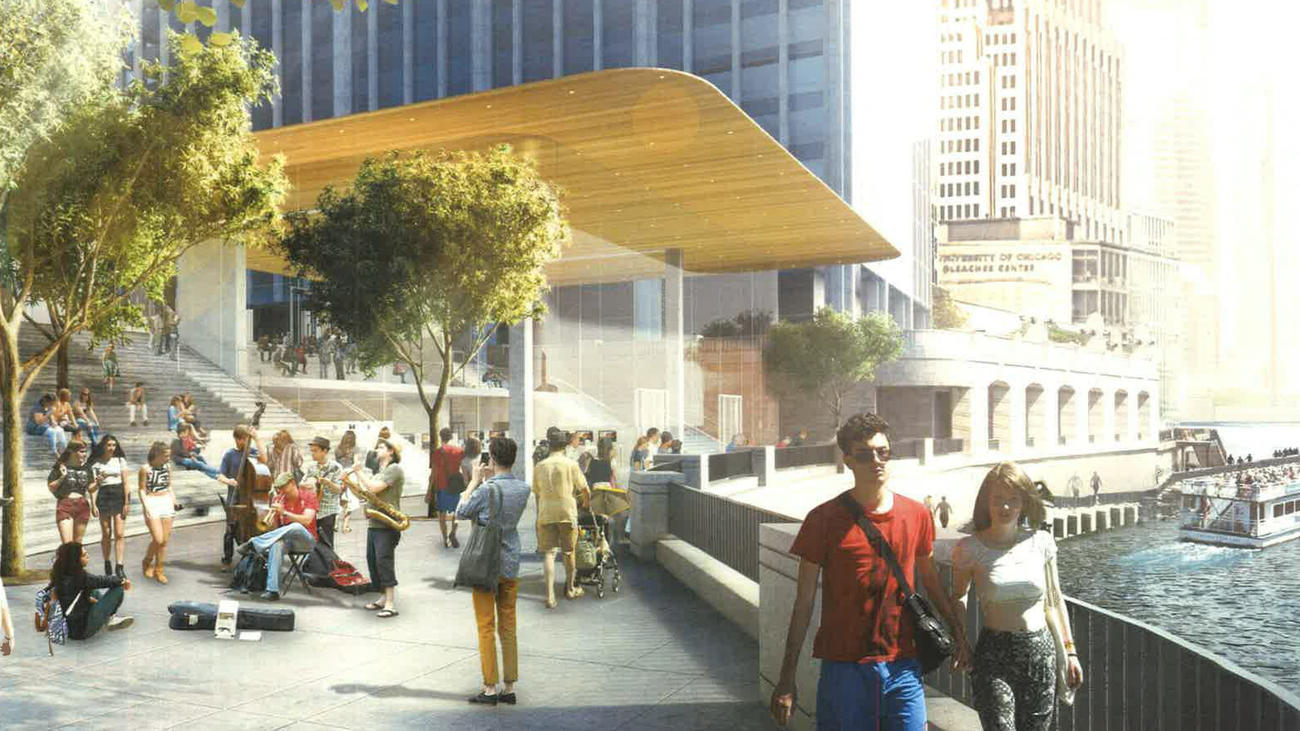We’re still a few weeks from saying our goodbyes to 2018, and unless Apple is planning to hold an unprecedented fifth keynote this year, 2018 will go down in history as the year when Apple launched a range of innovative products. In the hype and the hoopla that generally accompanies all Apple events; some individuals might even be vindicated in assuming they are just normal product launches, although undoubtedly the company has given us a sneak peek into its future direction of integrating the best-in-class design and tech elements into great-looking, innovative products. In short, there has never been an exciting moment to anticipate which product and tech iteration Apple would demonstrate at their next glittering event.
2018 should set the tone for Apple’s future design roadmap
It was last year when Apple’s approach in breakthrough hardware and software design gained fruition and we finally began to see the perfection with Apple’s design iterations. To cite an example, it was September 2017, when along with the Apple Watch Series 3, the Apple TV 4K, the iPhone 8 and 8 Plus, Apple unveiled a revolutionary form factor of its flagship product the iPhone X on its tenth anniversary. The bezel-less design of the iPhone X was what impressed many, a paradigm shift in the iPhone ergonomics that was hitherto accompanied by a home button. The new form factor certainly met the expectations of the markets but then it was also the introduction of the Face ID technology a new generation of secure digital authentication which also made a mark. In a nutshell, that event marked a significant detour in the way products were going to be designed and integrated with advanced technology. In fact, not very long ago, I had mentioned a critical aspect of Apple’s future design roadmap that was supportive of modern & imminent technologies and in the process, they were also influencing behaviour change with user interaction. That being said here’s what I liked from Apple’s ‘orchard’ this 2018, 3 revolutionary product ideas with their underlying hi-tech, that I believe would eventually transform the way we interact with the world around us, and my strategic learning from the product launches so far.

The product design philosophy of Apple could be easily summarized with this insightful quote by French aviator and poet Antoine de Saint-Exupéry, he says, “perfection is achieved not when there is nothing more to add, but when there is nothing left to take away.” That sentiment is so deeply ingrained in every aspect of Apple’s design DNA.
The iPad Pro – 3rd generation

I’m going, to begin with, what I liked the best from all of Apple’s announcements this year. Ironically, the October event at NYC which launched a new iPad Pro was tagged as ‘There’s more in the making’, an innuendo, that mildly suggested there’s more innovation to come in the near future, but let’s get back to the iPad Pro for now. When they launched the first generation iPad Pro in September 2015 the (only) distinguishing physical feature from the standard range of iPads was the screen size, alongside the support for the newly introduced Pencil stylus, which has since been incorporated with the standard versions now. That apart, the 3rd generation iPad Pro famously carries forward the legacy of the iPhone X design, it’s become a trend with Apple reproducing the smaller iPhone dimensions to the larger format iPad. But without a doubt, this was the iPad I had been waiting to see and it looks perfect for now, with the combination of the Smart Keyboard and the new Pencil magnetic charging it’s a serious contender to the Surface Pro tablets. Eventually, although the latest iteration of the form factor, which includes the innovative charging for the Pencil, looks ideal for the iPad Pro, I just might be surprised by Apple.
Redesigned Apple Store – 2018 & Beyond
Since Angela Ahrendt’s entry into Apple, its retail strategy has been in the flux getting a consistent makeover inside out. Long story short, the in-store experience at Apple Store’s flagship locations is being re-imagined for the first time since they opened their doors in 2003, and also for the first time, the rationale is moving away from the standard retail store paradigm to creating “town squares”, decisively transforming the expanse as a hotbed of cultural collaboration for the creative community, in other words, creating a holistic emotional experience for the visitors who are not necessarily their customers. The flagship store at Michigan Ave overlooking the Chicago River and its colossal 20,000 sq ft architectural splendour is a prime example of Apple’s ambitious retail strategy aligning perfectly with its futuristic design roadmap. Angela Ahrendts described this unique shift in strategy, in which, rather than the traditional focus on selling, employees are expected to enrich people’s lives by telling them something they don’t know. In other words, it’s about humanizing the technology, more than selling products for the store locations. For instance, the ‘Today at Apple’ initiative and the opening of several other flagship stores around the globe are exactly the steps in putting that strategy to fruition. At the October 2018 event, Ahrendts described the future roadmap of Apple Store, saying, “We’re creating forums in over 70 stores per year and continue to open flagship stores.” She singled out the forthcoming Apple Champs Elysee, saying that Apple wants “to further be part of the creative renaissance in Paris”. Her goal of stores as ‘hardware’ and the programs within the space playing the role of a ‘software’ component is truly an example to be followed by strategists.
We feel that today at Apple could be retail’s greatest platform for enriching lives. It’s designed to encourage human connection to inspire new learning and unlock creativity and creative thinking for all generations and ‘Today at Apple’ is brought to life by our 3,000 Apple creatives and the entire retail team whose passion energy and commitment to humanizing technology helps unleash the creative potential in us all.
– Angela Ahrendts, at the Apple Special Event, NYC, October 2018
Apple Watch Series 4 – The Wellness Specialist

From a bunch of new features, that includes an ECG monitor, that was introduced in the Series 4 in September 2018, it also received a new electrical heart sensor that measures a low or a high heart rate. This impaired heart condition is commonly referred to as ‘atrial fibrillation’ and ‘atrial flutter’ (or collectively called AF). This condition includes irregular heartbeats that could result in a stroke or heart failure and undoubtedly could be fatal to the patient if not detected early. So Apple teamed with Stanford to enrol a staggering 419,093 participants, all users of a previous generation of Apple Watch for a screening study, it was the largest research effort ever performed on atrial fibrillation. The efforts have helped Apple to develop a feature that detects heartbeat irregularities in Series 4 and detect undiagnosed AF as well. Some five million people in the US are affected by atrial fibrillation and atrial flutter and an estimated 700,000 of those people are unaware of the fact that they have AF! The monitoring of their heart health could be a life-saver.
The Series 4’s focus on healthcare and ‘holistic wellness’ is further bolstered through a feature that detects falls with the accelerometer and the gyroscope. It automatically places an emergency call with details of the location of the fall if the person is unresponsive for 60 seconds. I won’t be surprised, between 2018 and the future, the imminent iterations of the Apple Watch could very well include more wellness features including blood glucose monitoring, making it easier and painless for early detection & prevention of bodily disorders. Furthermore, the data that it collects through the Health app could become valuable to medical practitioners putting them at the cusp of inventive treatment and intelligent diagnosing and in partnering with the patient in transforming their lifestyle. Moreover, if there’s one product that has a stronger future roadmap that is all packaged in a smaller form factor it’s the Apple Watch.
Strategic Learning
I picked 4 key strategic
- Design products that provide value for content creation and delivery, and augment it by delivering a holistic emotional experience through curated spaces for personal engagement.
- Leverage retail spaces not just as selling points but also as a ‘tool’ for collaboration in humanizing the products & services aspects while bringing abstract knowledge to the common masses. (e.g, Today at Apple) Put the customer in the centre of your design strategy, think from their viewpoint.
- Eventually, Apple’s brand strategy has always been about the delicate balancing of technology and liberal arts, remaining at the crossroads of those areas which is also described quite vividly by Steve Jobs at the iPad 2 special event back in 2011 (see below).
- Consistently blur the line between products (macOS, iOS, watchOS, tvOS), services (iCloud, iTunes, Apple Music, App Store) and the people (Apple Store, Today at Apple, Genius Bar/Grove). Blend the end-to-end experience of product purchase & services discovery and interaction, by making it easier and delightful (Apple Store App > Delivery of product at store > Hands-on experience). Appeal to an individual’s intuitive, physical, emotional, and digital ethos by bringing all the elements together in a unique form-factor (iPhone, MacBook, iPad, Apple TV, Apple Watch).

I’ve said this before, but thought it was worth repeating: It’s in Apple’s DNA that technology alone is not enough. That it’s technology married with liberal arts, married with the humanities, that yields us the result that makes our hearts sing.
Featured Photo by Wesson Wang on Unsplash


